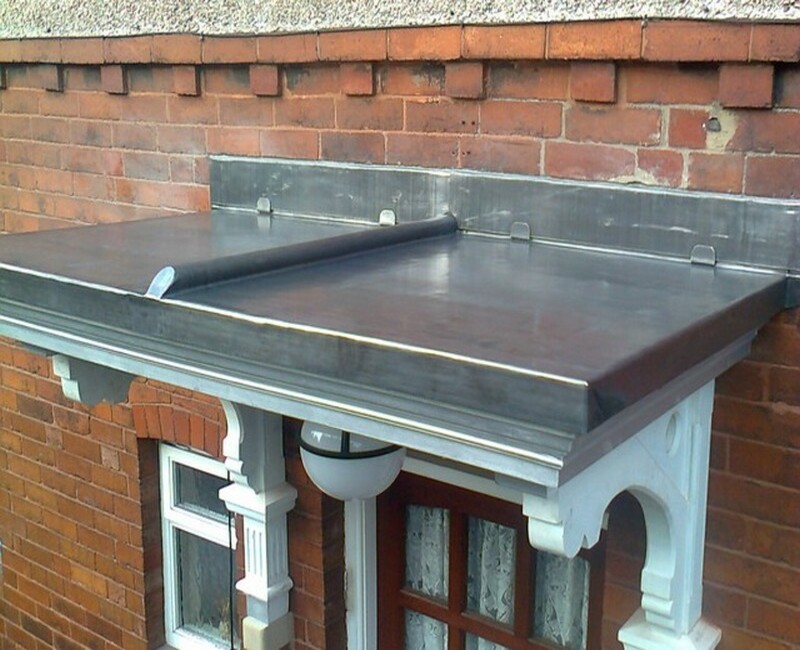
✔ Exceptional durability (50-100 year lifespan)
✔ High flexibility accommodates expansion/contraction
✔ Superior weather resistance against water and elements
✔ Classic aesthetic perfect for heritage buildings
✔ Nearly maintenance-free when properly installed
* Churches and historic buildings
* Luxury villas and mansions
* Towers and architectural features
* Critical joint sealing
* Chimney and vent protection
* Corner and curve coverage
* Structural load assessment
* Water drainage system design
* Appropriate thickness selection (3-5mm)
* Underlayment installation
* Precision lead sheet cutting
* Specialized nail fastening
* Argon gas welding for seams
* Detail work on corners
* Protective coating application
* Comprehensive joint inspection


* Annual inspection of seams/welds
* Debris removal
* Immediate treatment of deep scratches
* Avoid unnecessary foot traffic
Q: Is lead roofing suitable for hot climates?
Yes, it has excellent heat resistance and UV protection.
Q: What are the main disadvantages?
High initial cost and potential theft risk in some areas.
Q: Can lead be installed on concrete roofs?
Yes, with proper underlayment and secure fastening.
Q: How to choose a qualified lead roofing contractor?
* Review previous project portfolios
* Verify material authenticity
* Check welding techniques
| Material | Lifespan | Cost | Maintenance |
|---|---|---|---|
| Lead | 50-100 yrs | High | Low |
| Zinc | 30-50 yrs | Medium | Medium |
| Copper | 70+ yrs | Very High | Low |
✓ Verify contractor’s lead work experience
✓ Select appropriate thickness for your climate
✓ Consider insurance implications
✓ Obtain minimum 10-year written warranty
✓ Use only certified lead roofing specialists
✓ Follow local environmental regulations
✓ Document installation for warranty purposes
✓ Schedule professional inspections every 5 years